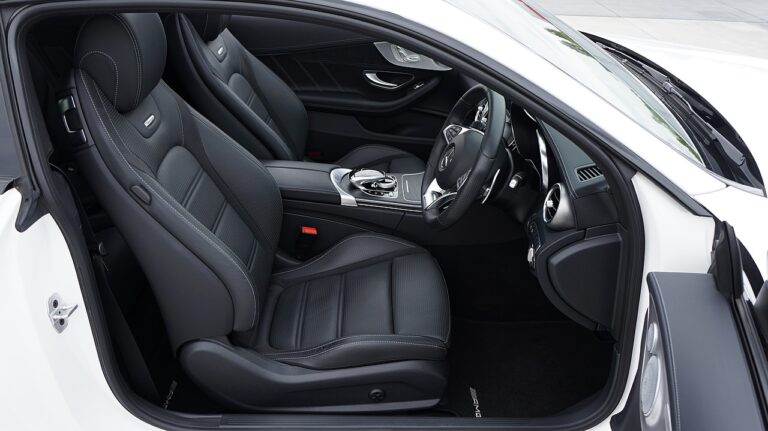The Role of Color Psychology in Car Design
Color plays a crucial role in shaping consumer perception of automotive design. Bright and vibrant hues are often associated with energy, youthfulness, and a sense of fun. On the other hand, darker shades such as black, navy, and gray are commonly perceived as sleek, sophisticated, and timeless, appealing to consumers looking for a more classic aesthetic in their vehicles.
Certain colors, like red and yellow, are known to grab attention and evoke emotions such as excitement and optimism. This is why these colors are frequently used in advertising campaigns to draw potential customers in. Similarly, shades of blue and green are often linked to feelings of calmness, trustworthiness, and environmental friendliness, making them popular choices for brands aiming to convey a sense of reliability and eco-consciousness through their car designs.
• Bright and vibrant hues are associated with energy, youthfulness, and fun
• Darker shades like black, navy, and gray are perceived as sleek, sophisticated, and timeless
• Red and yellow colors grab attention and evoke excitement and optimism
• Blue and green colors are linked to calmness, trustworthiness, and environmental friendliness
The Use of Warm Colors to Evoke Emotions in Automotive Design
In automotive design, warm colors play a crucial role in evoking specific emotions in consumers. Colors like red, orange, and yellow are commonly used to convey warmth, energy, and a sense of excitement in car designs. These hues are often associated with passion, speed, and adventure, creating a dynamic and vibrant visual impact that resonates with potential buyers.
By strategically incorporating warm colors into different elements of a car, designers can effectively influence the emotional response of viewers. Whether it’s using red accents on the exterior bodywork to convey power and sportiness, or incorporating warm tones in the interior upholstery to create a cozy and inviting atmosphere, the use of warm colors in automotive design has the power to evoke strong and positive emotions in consumers.
The Influence of Cool Tones in Creating a Sense of Luxury in Cars
Cool tones in car design play a pivotal role in evoking a sense of luxury and refinement. Shades of blue, silver, and gray are frequently employed to create a sleek and sophisticated aesthetic in high-end vehicles. These cool colors are often associated with calmness, elegance, and a sense of exclusivity, which are desirable attributes in the luxury car market.
By utilizing cool tones strategically in the interior and exterior of cars, automakers can reinforce the perception of sophistication and modernity. The understated allure of cool colors contributes to a sense of premium quality and craftsmanship, appealing to consumers who value a sense of elegance and prestige in their vehicles. Whether through metallic paints, interior accents, or ambient lighting, cool tones enhance the overall luxurious feel of a car, making it an attractive choice for discerning buyers seeking refined automotive design.
How does color impact consumer perception in car design?
Color plays a significant role in how consumers perceive a car’s design. Different colors can evoke different emotions and associations, influencing the overall perception of luxury, style, and quality.
Can warm colors be used to evoke emotions in automotive design?
Yes, warm colors such as red, orange, and yellow can evoke emotions such as passion, energy, and excitement in automotive design. These colors are often used to create a sense of warmth and vibrancy in a car’s design.
How do cool tones influence the sense of luxury in cars?
Cool tones such as blue, silver, and gray are often associated with sophistication, elegance, and luxury. When used in car design, these colors can create a sense of refinement and exclusivity, enhancing the overall perception of luxury in a vehicle.







